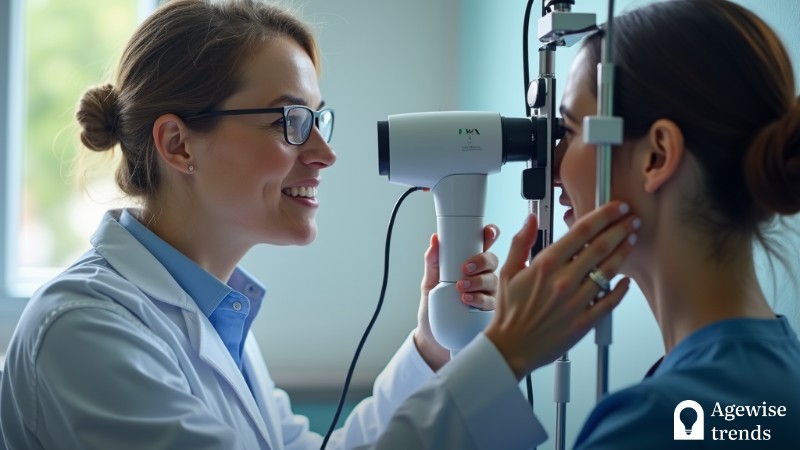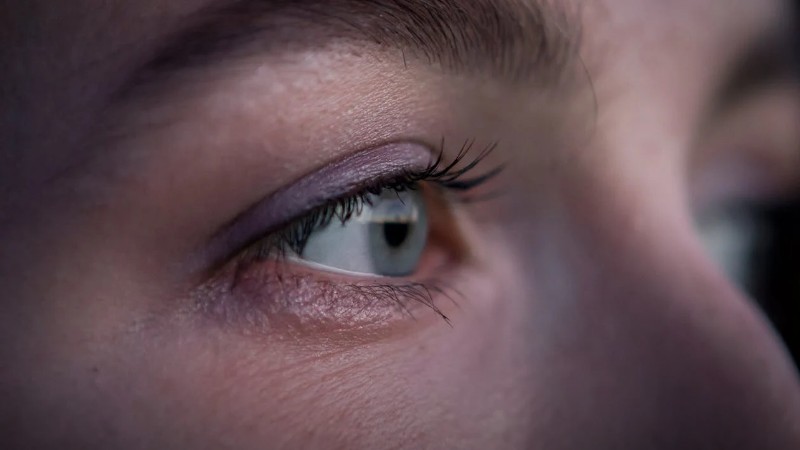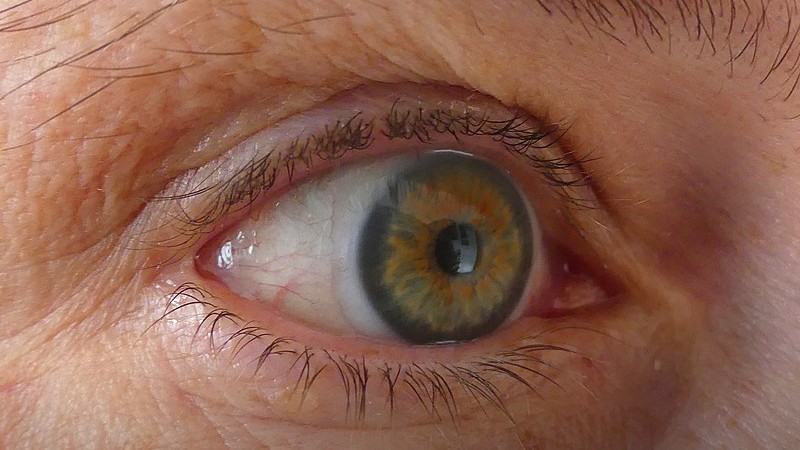Glaucoma Awareness Month focuses on why it’s important to catch glaucoma early, especially for older adults. With about 4.2 million seniors at risk in the U.S., spreading the word about this serious eye condition is vital. Catching it early and treating it quickly can greatly slow glaucoma down and help keep vision, stopping severe issues like total blindness.
Glaucoma is a condition that harms the optic nerve, which is crucial for clear vision. This harm is often due to increased pressure inside the eye. If glaucoma isn’t treated, it can lead to permanent vision loss. What’s particularly worrying is that the disease usually progresses without any clear symptoms at the start.
Many older adults might not know they have it until they notice major vision problems. Glaucoma can affect one or both eyes and it often starts with a slow loss of side vision. If it’s not treated, this can progress to affect central vision as well, potentially leading to blindness. Since there’s no cure for glaucoma, early detection through regular eye check-ups is important to manage it and slow its progress.
Key Takeaways
Glaucoma Awareness Month emphasizes the importance of early detection for seniors, who are at high risk with about 4.2 million Americans affected.
- Aging is a major risk factor for glaucoma, which can lead to permanent vision loss if not treated early.
- Regular eye exams and early detection are crucial as glaucoma often progresses without noticeable symptoms initially.
- Treatment options include prescription eye drops, oral medications, laser treatments, and surgery to manage the condition.
Why seniors are at higher risk of glaucoma
Aging is the biggest risk factor for glaucoma, putting seniors at a higher risk. If you’re over 60, your chances of developing glaucoma increase as you age. Family history can also raise this risk, so keeping a close eye on your eye health is essential. Seniors with poorly controlled diabetes or high blood pressure also have a higher chance of getting glaucoma.
Ethnicity plays a part too. African Americans over 40 and Hispanic seniors are at a higher risk. However, many seniors mistake vision changes for regular aging and might delay seeing a doctor.
Recognizing the symptoms
Glaucoma is often called the “silent thief of sight” because it quietly and painlessly worsens over time. In the beginning, it usually has no symptoms, making it hard to spot without an eye exam. As glaucoma progresses, older adults might notice changes in their vision. The first thing they might notice is difficulty seeing things on the sides, which can make things like driving or walking in crowded places tough.
Other symptoms might include blurry vision, trouble seeing in dim light, and seeing halos around lights. There might also be eye pain or redness, although these aren’t as common. It’s important not to ignore these changes as just a part of getting older. If you notice sudden changes in vision or have serious eye pain, see a doctor right away, as quick treatment can stop it from getting worse.
The importance of early detection
Dr. Laura Sperazza, from Lighthouse Guild, highlights the importance of catching glaucoma early. Although you can’t stop or cure glaucoma, you can manage it. Early checks are key to saving your sight. Regular eye exams help find glaucoma early by measuring eye pressure and checking the optic nerve.
Dr. Ryan Bisbey, an eye doctor, points out that many Americans with glaucoma don’t know they have it. Often, people don’t get checked until they’ve lost some vision. For older adults, regular eye exams are crucial for finding and treating the disease early. Once glaucoma damages your eyes, it can’t be reversed, so early detection is very important.
Treatment options
While glaucoma can’t be cured, there are treatments to manage it. The main aim is to lower eye pressure and protect the optic nerve. Treatment often starts with prescription eye drops, which reduce eye pressure by either cutting down fluid production or boosting fluid drainage.
For older adults who don’t find enough relief with eye drops, doctors might suggest oral medications to lower eye pressure further. Laser treatments can also help by improving fluid drainage. In more severe cases where other methods aren’t enough, surgery might be needed to stop more vision loss. Whatever the treatment, sticking to it and having regular check-ups are vital to keep your vision and quality of life intact.
For seniors with glaucoma, vision rehabilitation is crucial for maintaining independence. These services offer training and resources to help adapt to vision changes. Programs teach safe navigation, use of assistive devices, and access to supportive technology.
Technology also helps seniors with glaucoma. Screen readers and voice features on smartphones make it easier to use digital content. Apps that identify objects, like money, help manage daily tasks. Navigation tools with audio directions support safe and independent travel.
Raising awareness
The awareness month is here to remind seniors and their caregivers to keep eye health a top priority. By spreading the word about glaucoma, healthcare experts hope to catch more cases early and lower the number of undiagnosed individuals. When seniors understand glaucoma and its dangers, they can take better care of their eyesight.
For older adults, untreated glaucoma can greatly impact their ability to do everyday things and stay independent. But with regular eye checkups, timely treatments, and access to vision support services, seniors can manage glaucoma well and keep enjoying their lives.
If seniors and their families recognize glaucoma signs and know the value of early detection, they can ensure better eye care. Raising awareness during Glaucoma Awareness Month is key to preventing vision loss and boosting the health of older adults.














